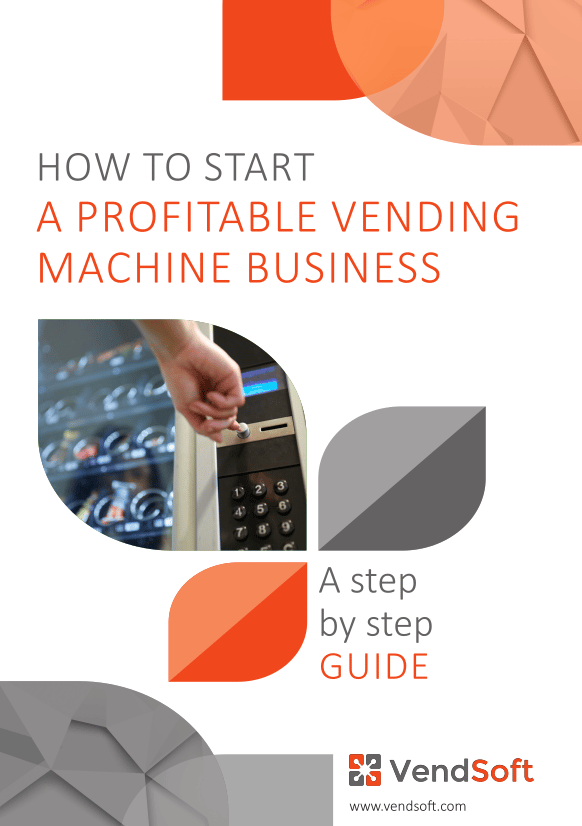In the earlier days of the vending machine business spread (the 1970s – 1990s), many new owners jumped into the opportunity without extensive business planning or analysis of consumer buying trends or other factors. The income flowed easily and there was not as much competition for prime locations. These early companies reached profits relatively easily and were able to leverage that money to grow into large companies with many vending machine routes today.
These days, that spontaneous entrance into the vending industry can leave entrepreneurs failing rather than simply watching the money roll in. Time, money, and enthusiasm are lost and the company ends up closing its doors before it even has a chance. The solution is simple, though it does require more effort than simply buying some vending machines and placing them in nearby spots. Find a market niche hungry for vending concessions. Analyze demand and competition in the area. Research and decide on products that enjoy evergreen popularity for the maximum number of people.
To get started, take into consideration the following points:
- A specific niche in the vending machine industry
- Analysis of local competition from other vending companies, eateries, and convenience stores
- Manufacturers and models of different vending machines.
- Proper product choice and placement to match consumer wants.
- Pre-calculation or potential profits from various vending machines.
Other considerations must be taken into account before deciding to step into the vending business.
- Local geographic demographics, population, infrastructure, and socioeconomic factors
- The level of development or establishment of competing companies that provide alternatives to vending machines in the area.
- Data collected by other vending machine operators in the neighborhood or region.
These points outline the basic considerations for vending industry business plans, but each must be examined in more depth to truly get a picture of potential success. Vending machine type, location, surrounding area, and the success of past vending endeavors provide data for analyzing in order to establish a base of knowledge for the industry. The selection of a unique vending niche requires more information. Consider first the diverse funding requirements of various machine and product types. Mechanical machines cost 10x less to purchase, repair, and operate than newer electronic models. According to various sources, 10 to 20 of the former machines can be purchased for $3 – 5,000. The same number of electronic machines can cost from $30 – 100,000. With such a potentially large investment in the vending machines, it behooves you to accurately estimate the profits that will be realized by the placement of those machines. When you calculate these numbers, you need to focus on more than the profit realized from the retail price compared to the wholesale costs of the products.
Other factors in overall profitability include:
- Payment processing and loan charges
- Employee salaries, petrol and vehicle use costs, and the cost of parts and maintenance items
- Space rental or commissions paid to the location
Larger vending companies frequently handle more than one vending niche. Each product type, route, and vending machine needs someone with the right knowledge to manage it effectively. Having a single route established helps smaller companies grow as they can place additional machines with diverse product lines at the same places. It makes sense for increased profits without the hassle of seeking out new locations. For example, a vending machine that sells coffee and other hot beverages may make considerable money in an office park. An effective way to increase profits is to add a snack machine right next to it.
Want more vending business tips?
Subscribe to our free 2-week email course and learn how to start a successful vending business.

